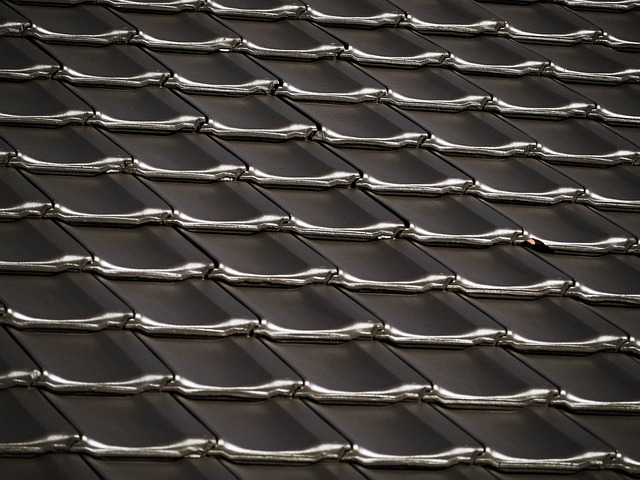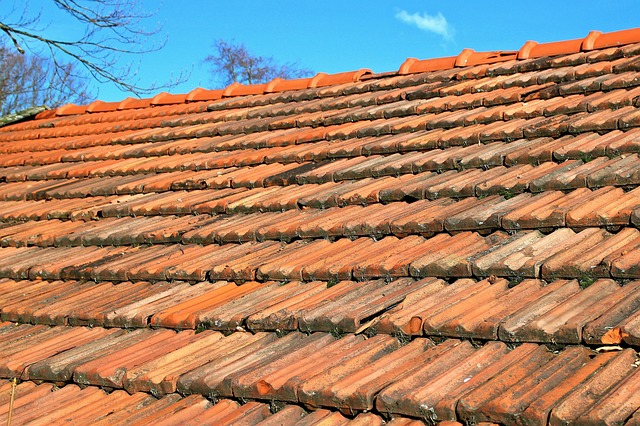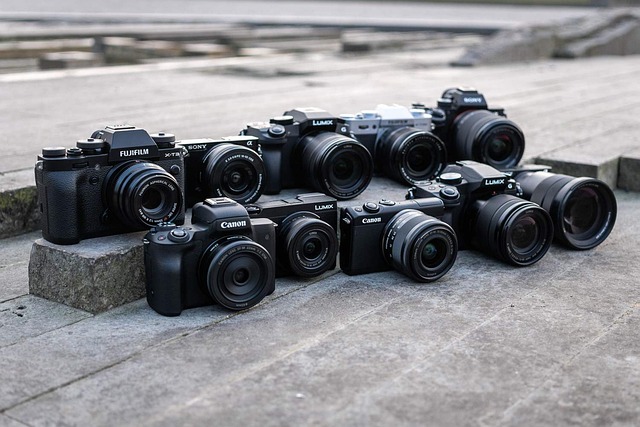Heat absorption by buildings contributes significantly to energy consumption and environmental impact, especially in hot climates. Cool roofing systems, featuring reflective coatings and white surfaces, mitigate this issue by reflecting sunlight and reducing interior temperatures. Professional contractors specializing in these systems are vital for implementing sustainable practices, optimizing building performance, and contributing to greener environments. By considering climate, local codes, budget, and desired lifespan, homeowners and contractors can choose from affordable coatings or more expensive but long-lasting white roof systems. The meticulous installation process ensures durable, energy-efficient roofs that lower cooling costs and reduce the urban heat island effect. Cool roofing systems are gaining popularity among urban property managers for their proven environmental benefits and energy savings.
In today’s quest for energy-efficient and environmentally sustainable buildings, cool roofing systems are emerging as a game-changer. Markets are reflecting this trend with an increasing adoption of highly reflective roofs that reduce heat absorption and lower cooling costs. This article delves into the science behind heat absorption, exploring how reflective roofs mitigate environmental impacts while offering significant benefits for energy efficiency. We guide you through choosing the right cool roofing material, installation processes, and highlight successful case studies, empowering you to become a contractor specializing in these cutting-edge solutions.
- Understanding Heat Absorption and Its Impact on Buildings
- The Role of Reflective Roofs in Mitigating Environmental Effects
- Benefits of Cool Roofing Systems for Energy Efficiency
- How to Choose the Right Cool Roofing Material
- Installation Process: Becoming a Contractor for Cool Roofing
- Case Studies: Successful Implementations of Cool Roofing Systems
Understanding Heat Absorption and Its Impact on Buildings

Heat absorption is a significant factor that contributes to the overall energy consumption and environmental impact of buildings. In today’s world, where sustainability and cost-efficiency are at the forefront of architectural design, understanding this process is more crucial than ever. Buildings absorb heat from the sun through their roofs, walls, and windows, leading to increased interior temperatures and elevated cooling demands. This is especially pronounced in regions with hot climates or for structures lacking adequate insulation.
Cool roofing systems, like reflective roofing and white roof coating, offer a powerful solution. These innovative technologies are designed to minimize heat absorption, thereby reducing the need for excessive cooling. By reflecting sunlight back into the atmosphere, cool roofs help maintain lower indoor temperatures, which translates to substantial savings in energy costs for homeowners and business owners alike. Engaging the services of a professional cool roofing systems contractor is a step towards adopting sustainable practices, ensuring optimal building performance, and contributing to a greener environment.
The Role of Reflective Roofs in Mitigating Environmental Effects

Reflective roofs play a pivotal role in mitigating environmental impacts, particularly in urban areas where heat absorption from buildings contributes to the urban heat island effect. By reflecting a significant portion of sunlight back into the atmosphere, these innovative cool roofing systems significantly reduce the amount of heat transferred into buildings, leading to lower interior temperatures and decreased energy consumption for cooling. This benefit is especially crucial for commercial and industrial properties, where cooling costs can be substantial.
Cool roof coating applications, such as reflective roofing materials and white roof systems, offer a sustainable solution. They not only help in energy conservation but also extend the lifespan of roofs by protecting them from solar radiation’s damaging effects. As the demand for eco-friendly practices continues to grow, contractors specializing in cool roofing are becoming essential in creating more sustainable and resilient urban environments.
Benefits of Cool Roofing Systems for Energy Efficiency

Cool roofing systems offer a multitude of benefits for energy efficiency, making them an increasingly popular choice among homeowners and contractors alike. By reflecting sunlight rather than absorbing it, these innovative roofs significantly reduce the amount of heat transferred into buildings during warm months. This simple yet effective strategy translates to substantial savings on cooling costs as air conditioning units work less hard to maintain a comfortable indoor temperature.
Contractors specializing in cool roofing systems often recommend reflective roof coatings or white roof systems as viable options. These solutions not only enhance energy efficiency but also extend the lifespan of roofs by protecting them from the damaging effects of UV radiation. Moreover, the environmental benefits are considerable, as reduced cooling demands contribute to lower overall energy consumption and subsequent greenhouse gas emissions.
How to Choose the Right Cool Roofing Material

When selecting a cool roofing system, property owners and contractors should consider several key factors to ensure optimal performance and energy savings. One crucial aspect is understanding your climate and local building codes. Different regions have varying requirements for roof materials, especially in areas with extreme temperatures or strict environmental regulations. For instance, reflective roofing is particularly beneficial in sunny, hot climates as it helps reflect sunlight, reducing heat transfer into the building.
Additionally, the choice of material should align with your budget and desired lifespan. Cool roof coatings offer an affordable option, providing a protective layer over existing roofs while reflecting heat. On the other hand, white roof systems, known for their high reflective properties, can be more expensive but boast longer durations and superior energy efficiency. Consulting with a roofing contractor experienced in cool roofing systems will aid in making an informed decision tailored to your specific needs.
Installation Process: Becoming a Contractor for Cool Roofing

Becoming a contractor specializing in cool roofing systems is an exciting opportunity to contribute to sustainable and energy-efficient buildings. The installation process involves several key steps. First, assess the existing roof structure to ensure it can support the additional layer of reflective roofing or cool roof coating. This step is crucial as it determines the compatibility and safety of the new system.
Next, prepare the surface by cleaning and sealing to achieve optimal adhesion for the cool roof coating. Different application methods are available, such as spraying or rolling, each with its advantages. After applying the coating, ensure thorough drying before adding any additional layers. This meticulous process results in a durable, reflective roof that significantly reduces heat absorption, ultimately lowering cooling costs for building owners.
Case Studies: Successful Implementations of Cool Roofing Systems

In recent years, there has been a surge in successful implementations of cool roofing systems across various urban landscapes. These innovative solutions, characterized by their reflective roofing materials and advanced technologies, have delivered tangible benefits for both commercial and residential properties. For instance, a case study in a dense metropolitan area showed that adopting white roof systems significantly reduced the building’s overall heat absorption, leading to substantial savings in cooling costs during the scorching summer months.
Another compelling example involves a large-scale retrofitting project undertaken by a forward-thinking property management company. By applying a cool roof coating to several aging buildings, they not only enhanced the energy efficiency of their portfolio but also contributed to the city’s broader sustainability goals. This transformative move resulted in lower utility bills for tenants and a diminished environmental footprint, proving that cool roofing systems contractors play a pivotal role in shaping more sustainable urban environments.
